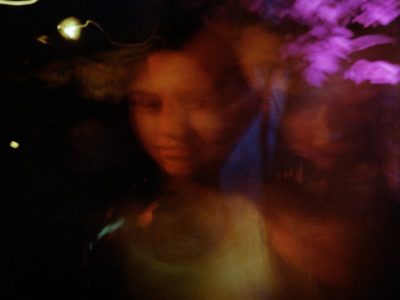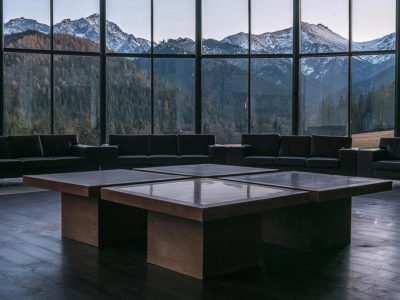Incidental View — Andy Feltham Finds Unordinary Atmospheres in Ordinary Landscapes
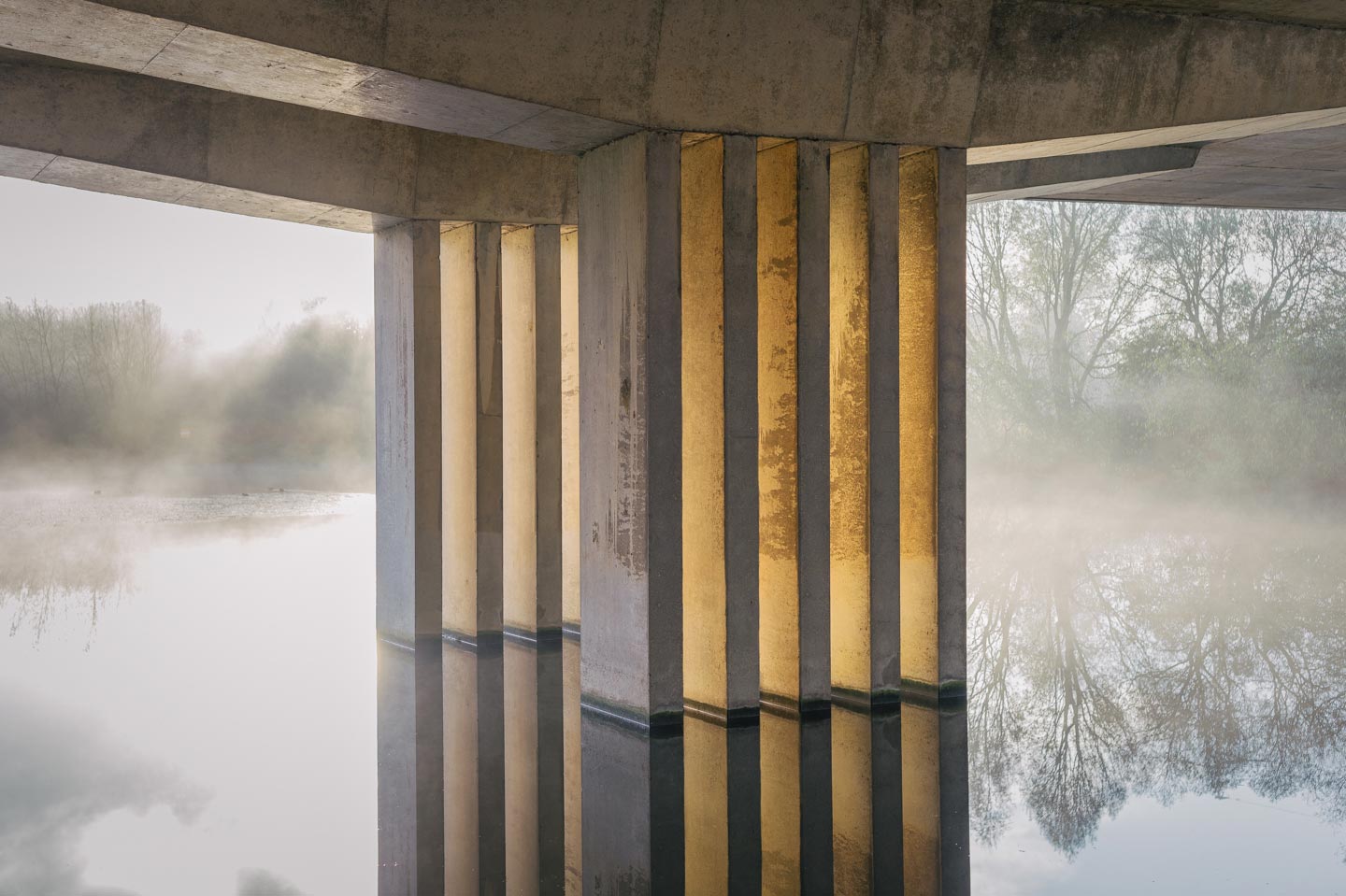
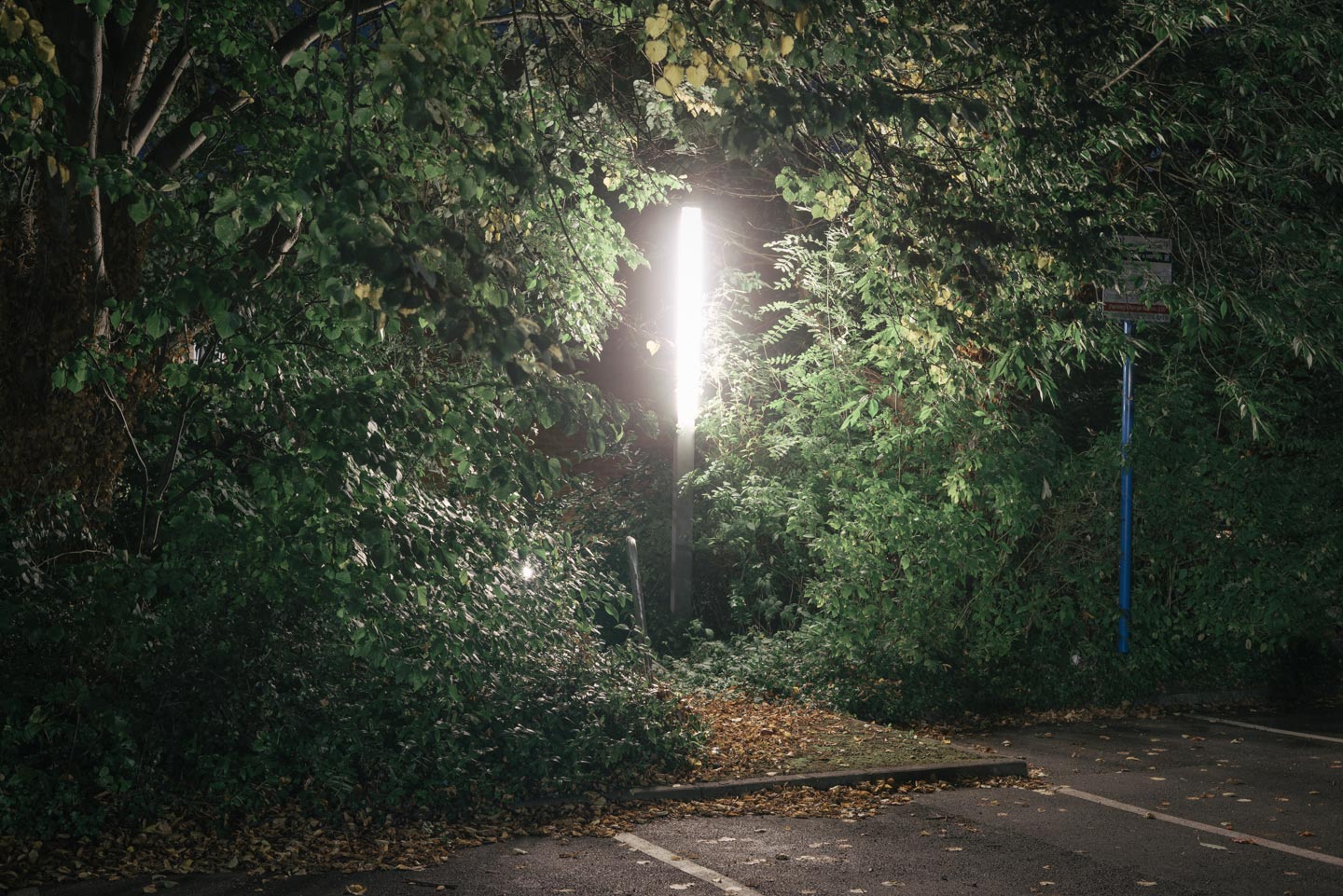


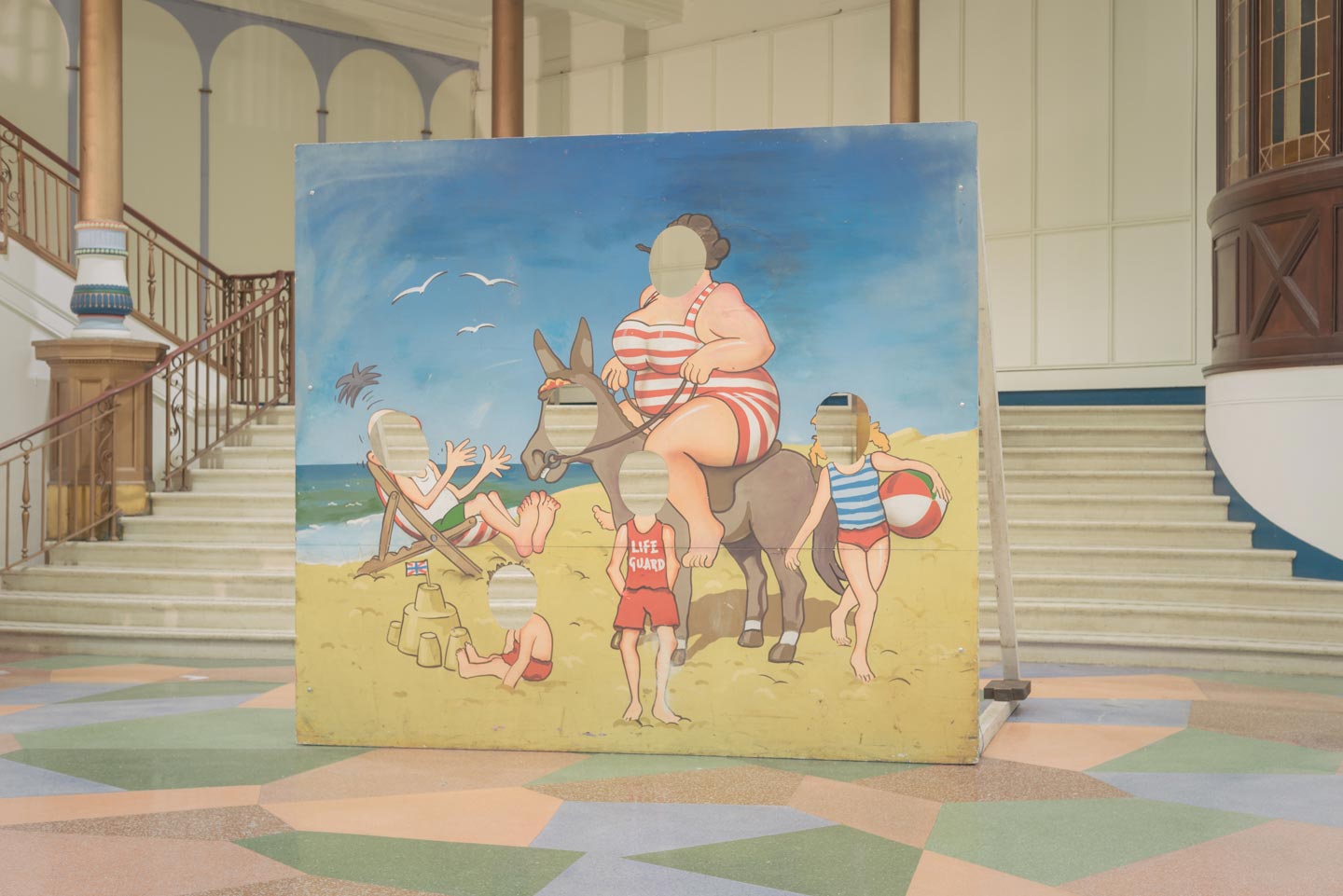
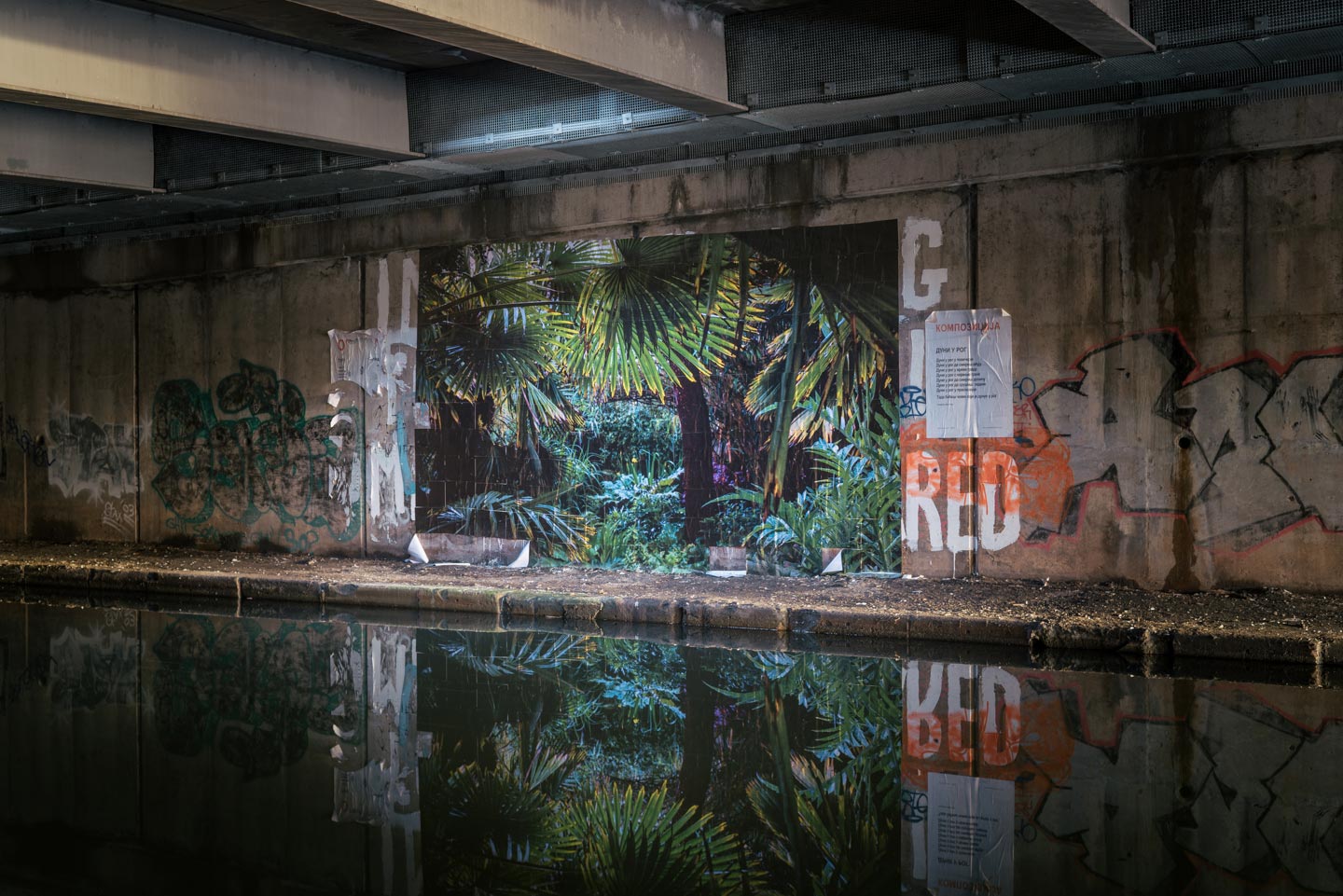
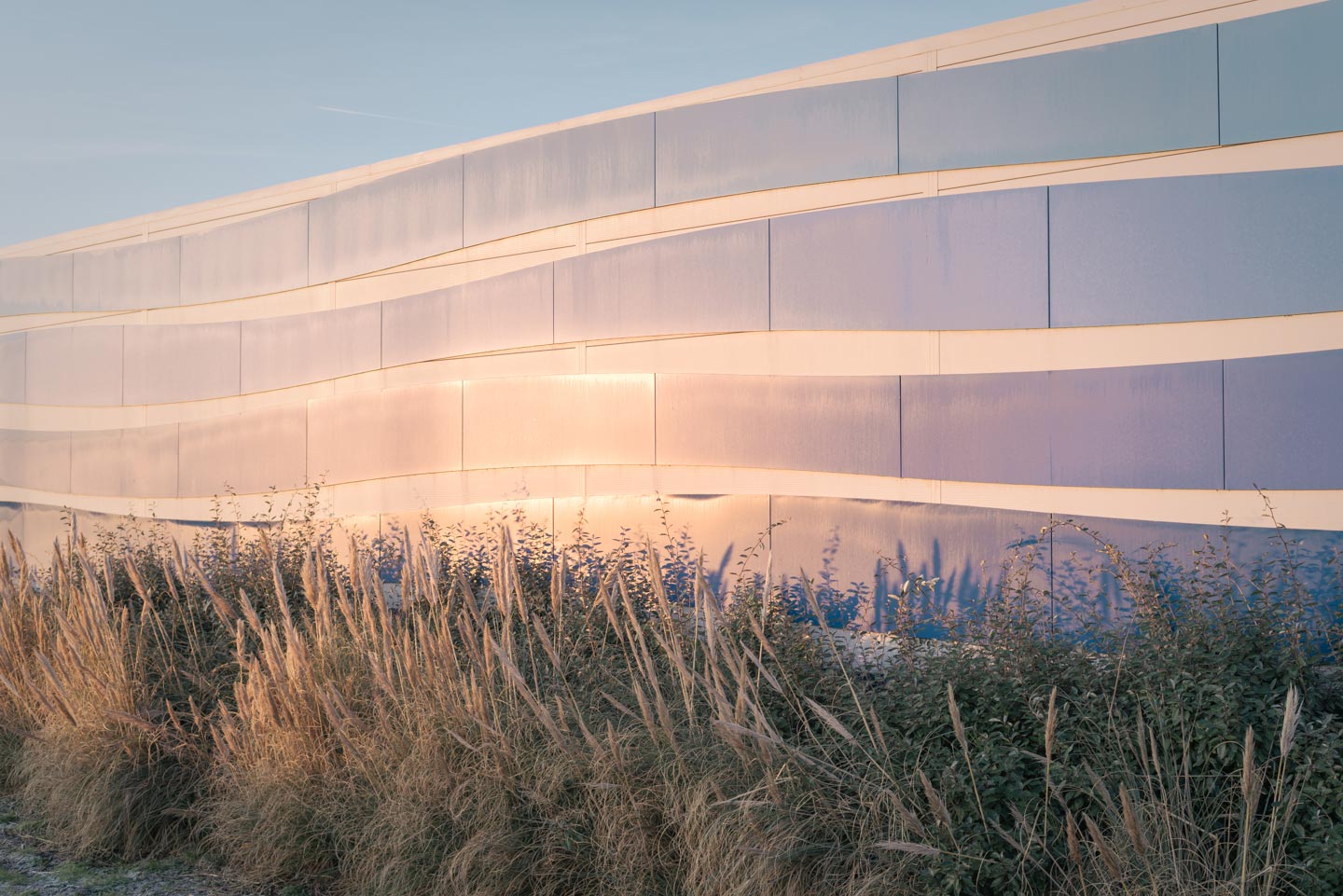

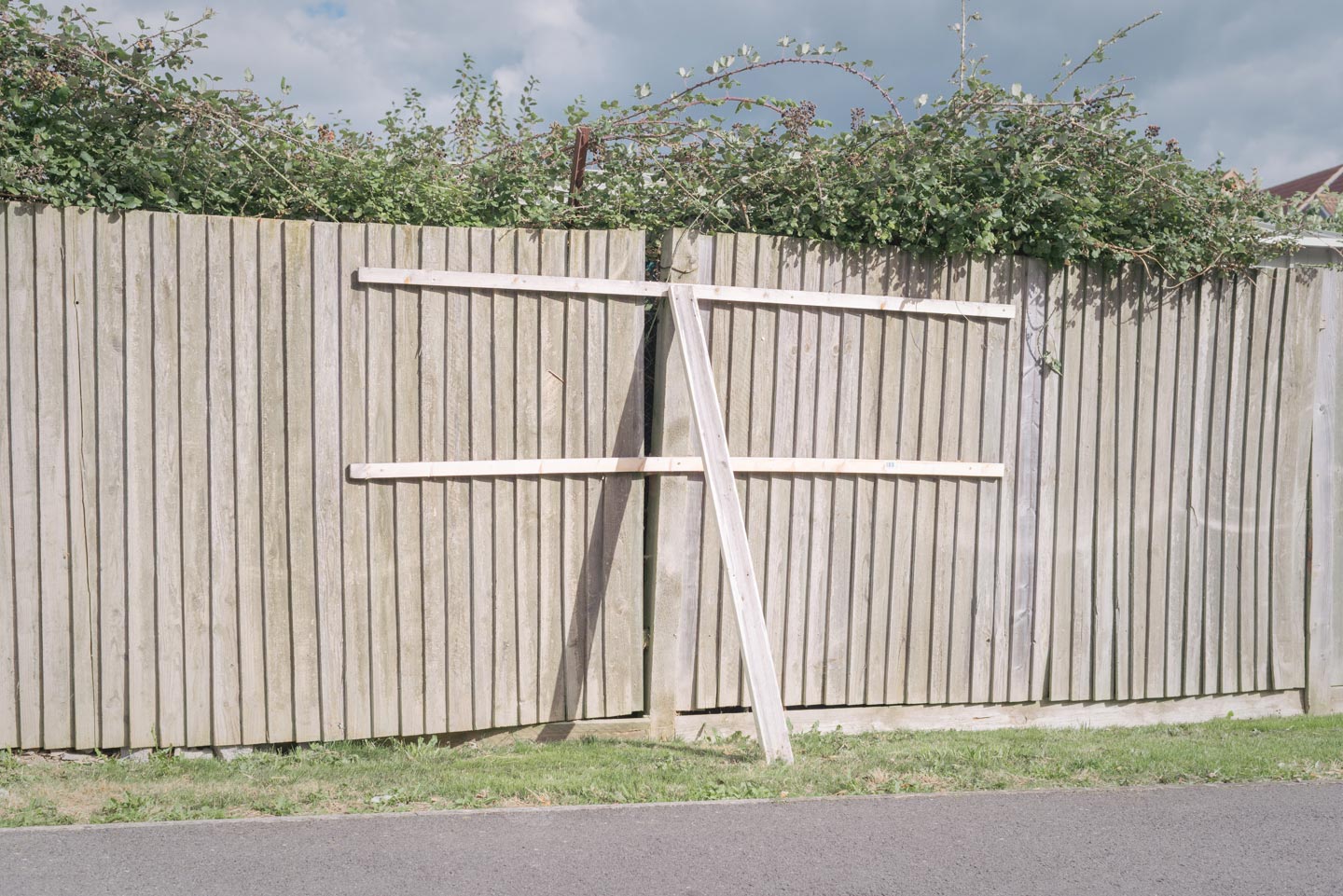



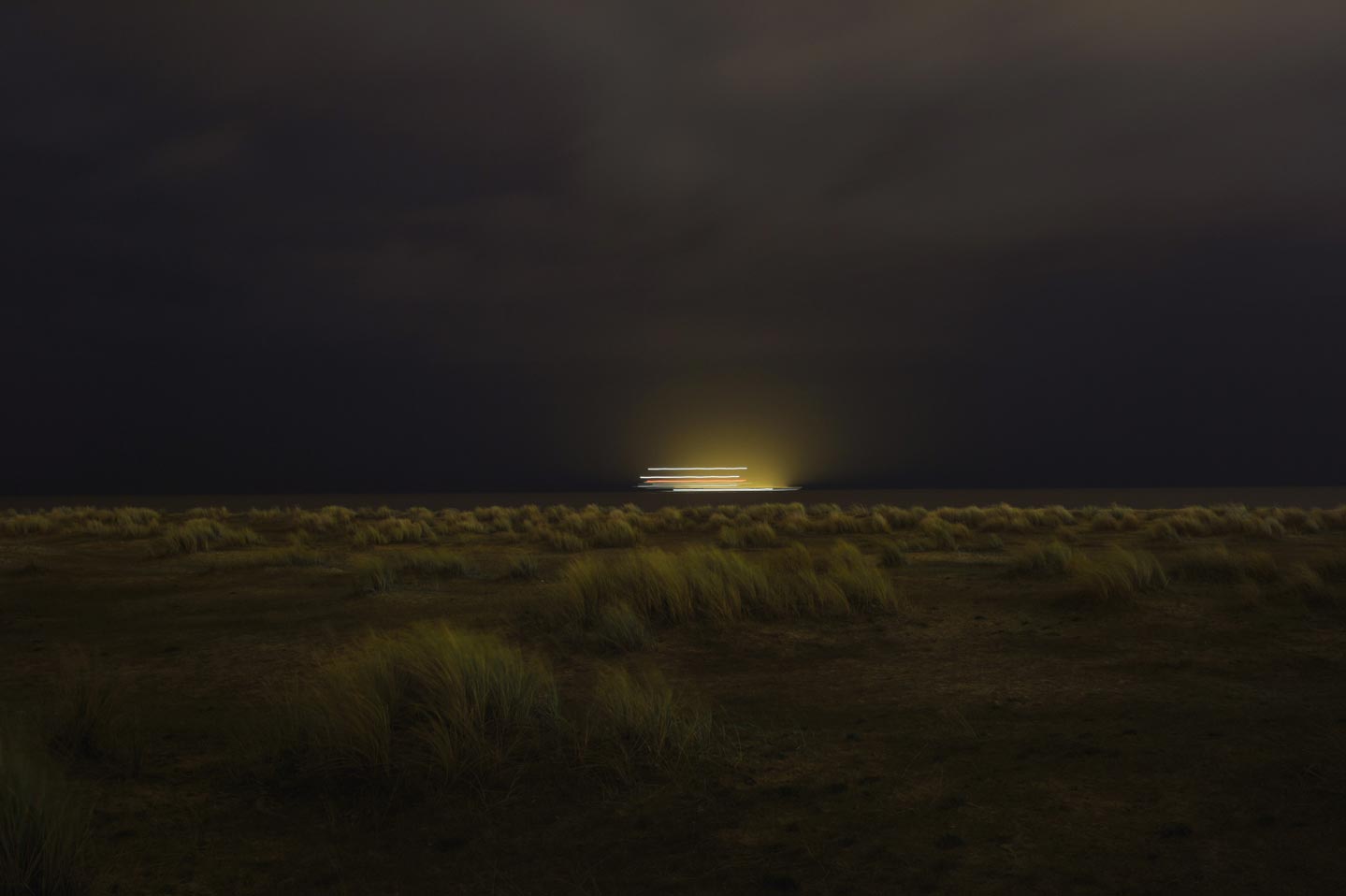
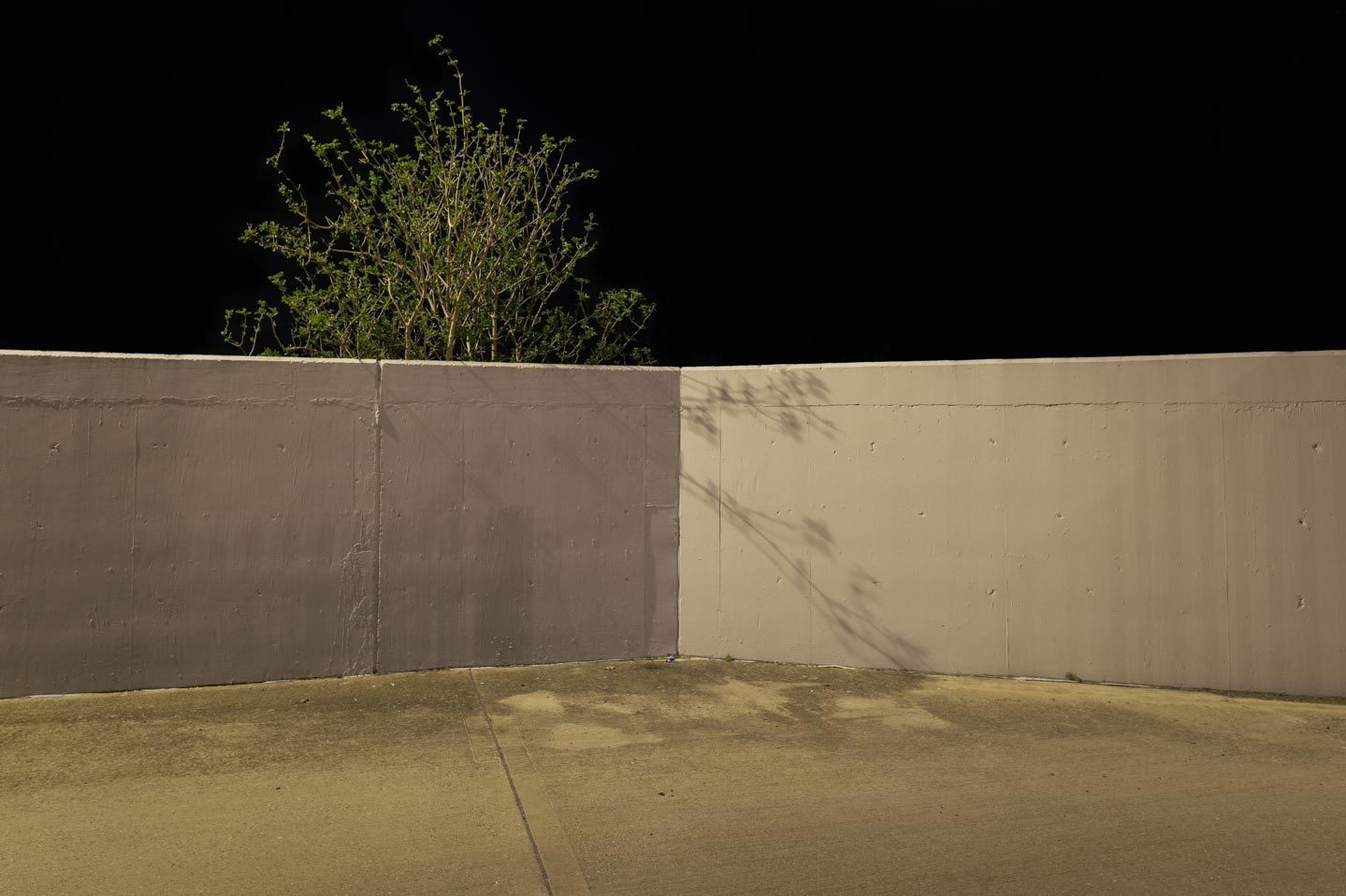
For today’s Cameo we’re having 40 year-old British photographer Andy Feltham. Andy shares with us Incidental View, a series of urban landscapes capturing unremarkable corners of urban environments that however send out a special vibe.
Ciao Andy, thank you for this interview. How are you?
Hello FotoRoom, thank you kindly for your invite to feature my work.
What is photography for you?
Photography is communication. It is social; it is solitary; it is therapeutic; it is expensive; it is a passion; it is an obsession; it is time to reflect; it is a moment of peace; it is an excuse to be places I shouldn’t be; it is a reason to get up at 4am on a foggy Sunday morning when I probably should be tucked up in bed. Most of all, photography is an anchor whether the sea is choppy or calm.
What is Incidental View about?
The (mainly) urban landscapes found in this series are mundane, peopleless scenes which aim to have humanity at their heart. I guess it’s my way of dealing with who I am and where I fit in the grand scheme, and that life can be viewed with a simultaneous wide-eyed wonderment alongside a sense of niggling uneasiness. Essentially, Incidental View pokes a finger at the absurdity of it all. I’m delighted that the Portuguese publisher Camera Infinita recently produced a book on the series.
Where can you be found online?
At my website, on Flickr and on Instagram.
Keep looking...
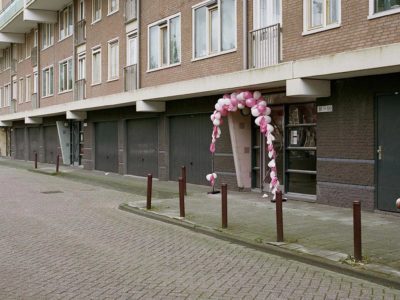
Afterparty — Jussi Puikkonen Photographs Party Venues After the Parties Have Ended

Inzajeano Latif Has Been Taking Portraits of the People of Tottenham For Over Ten Years

FotoFirst — Gender Shifts Are Terrifying American Straight White Men, Shawn Bush’s Photos Say

FotoFirst — Federico Vespignani Follows a Youth Gang of One of the World’s Most Violent Cities
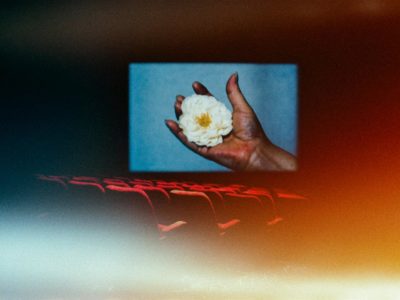
Atsushi Momoi Uses His Computer’s Screensaver to Visualize How Memory Works

Sem Langendijk Documents The Squatters That Established Their Community in Amsterdam’s Docklands
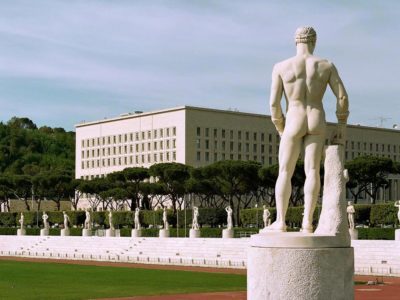
FotoFirst — Michael Radford Researches the Visual Foundations of the ‘Machine of Whiteness’

